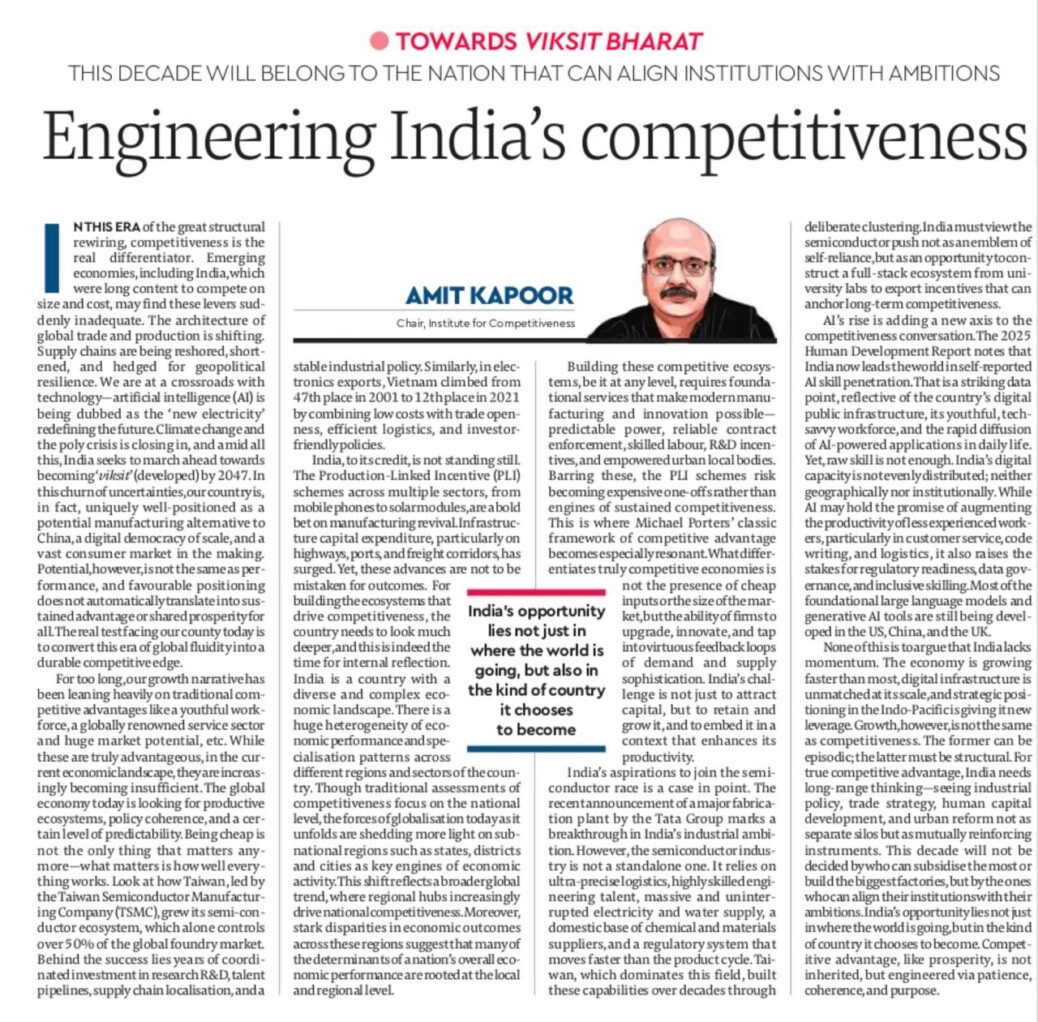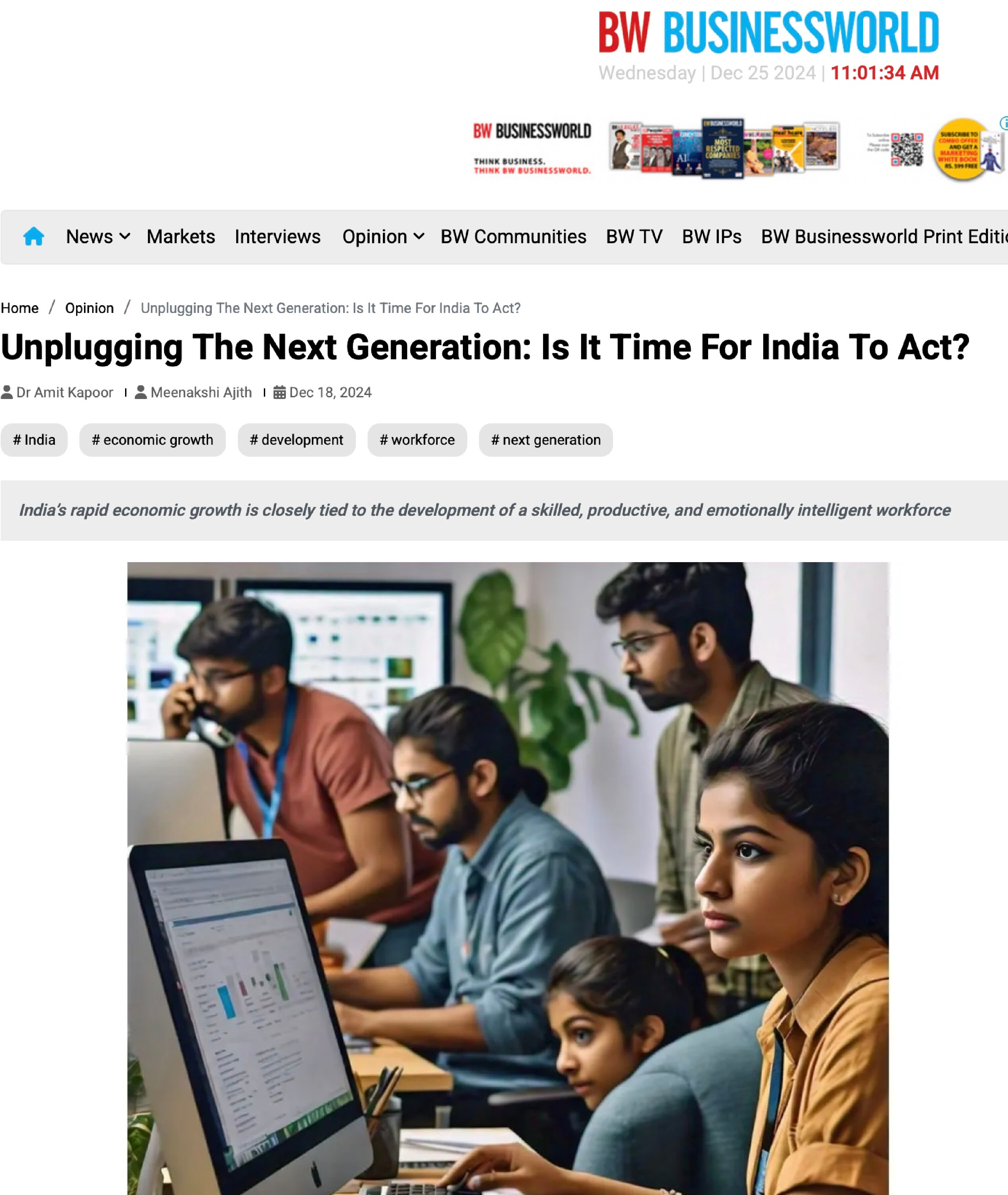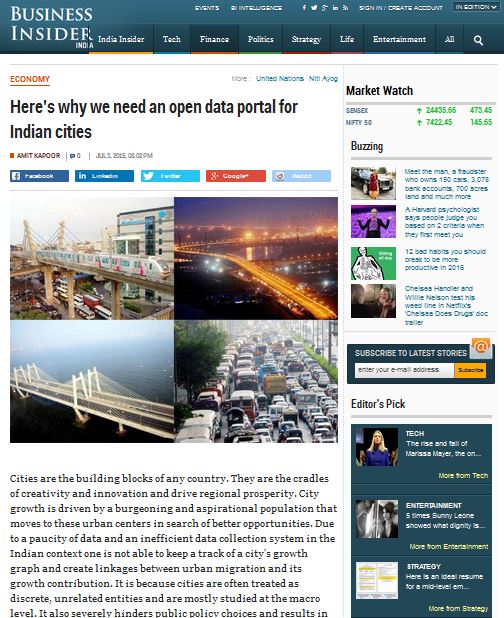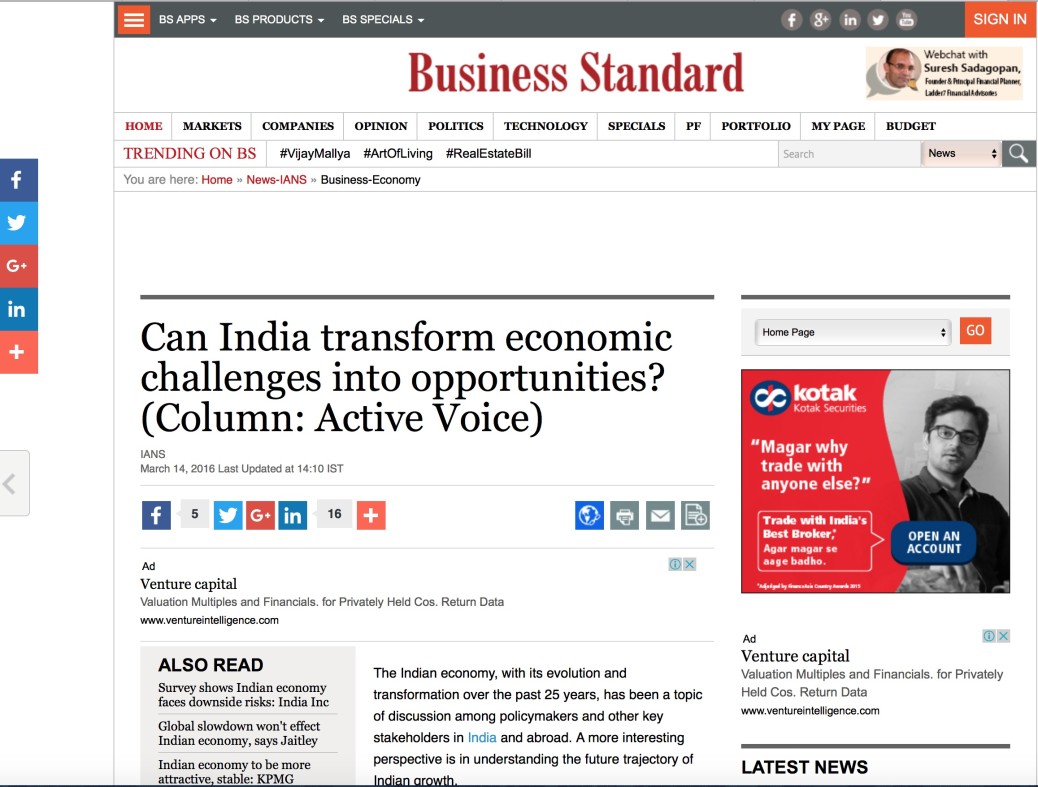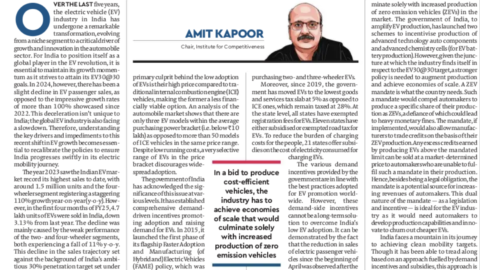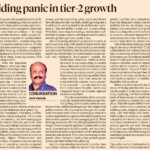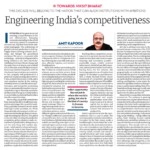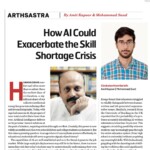Why Competitiveness Must Drive India’s Next Decade
In this era of the great structural rewiring, competitiveness is the real differentiator and the emerging economies including India which were long content to compete on size and cost may find these levers suddenly inadequate. The architecture of global trade and production is shifting. Supply chains are being reshored, shortened and hedged for geopolitical resilience. We are at cross-roads with technology with AI being dubbed as the ‘new electricity’ redefining the future. Climate change and the poly crisis is closing in and amid all this India seeks march ahead towards becoming ‘viksit’ by 2047. In this churn of uncertainties our country is in fact uniquely well-positioned as a potential manufacturing alternative to China, a digital democracy of scale and a vast consumer market in the making. Potential however is not the same as performance and favourable positioning does not automatically translate into sustained advantage or shared prosperity for all. The real test facing our county today is to convert this era of global fluidity into a durable competitive edge.
For too long, our growth narrative has been leaning heavily on traditional competitive advantages like a youthful workforce, a globally renowned service sector and huge market potential etc. While these are truly advantageous, in the current economic landscape they are increasingly becoming insufficient. The global economy today is looking for productive ecosystems, policy coherence and a certain level of predictability. Being cheap is not the only thing that matters anymore but how well everything works. Look at how Taiwan led by the TSMC grew its semi-conductor ecosystem which alone controls over 50% of the global foundry market share. Behind the success lies years of coordinated investment in R&D, talent pipelines, supply chain localization and a stable industrial policy. Similarly, Vietnam climbed from 47th place in 2001 to 12th place in 2021 in electronic exports by combining low cost with trade openness, efficient logistics, and investor-friendly policies.
India, to its credit is not standing still. The Production-Linked Incentive (PLI) schemes across multiple sectors, from mobile phones to solar modules, are a bold bet on manufacturing revival. Infrastructure capital expenditure particularly on highways, ports, and freight corridors has surged. Yet, these advances are not to be mistaken for outcomes. For building the ecosystems that drive competitiveness, the country needs to look much deeper, and this is indeed the time for internal reflection. India is a country with a diverse and complex economic landscape. There is a huge heterogeneity of economic performance and specialization patterns across different regions and sectors of the country. Though traditional assessments of competitiveness focus on the national level, the forces of globalization today as it unfolds is shedding more spotlight on sub-national regions such as states, districts and cities as key engines of economic activity. This shift reflects a broader global trend, where regional hubs increasingly drive national competitiveness. Moreover, stark disparities in economic outcomes across these regions suggest that many of the determinants of a nation’s overall economic performance are rooted at the local and regional level. Building these competitive ecosystems, be it at any level requires foundational services that make modern manufacturing and innovation possible such as predictable power, reliable contract enforcement, skilled labour, R&D incentives, and empowered urban local bodies, barring which the PLI schemes risk becoming expensive one-offs rather than engines of sustained competitiveness. This is where Michael Porters’ classic framework of competitive advantage becomes especially resonant. What differentiates truly competitive economies is not the presence of cheap inputs or the size of the market, but the ability of firms to upgrade, innovate, and tap into virtuous feedback loops of demand and supply sophistication. India’s challenge is not just to attract capital, but to retain and grow it and to embed it in a context that enhances its productivity.
India’s aspirations to join the semiconductor race is a case in point. The recent announcement of a major fabrication plant by the Tata Group, marks a breakthrough in India’s industrial ambition. However, semiconductors are not a standalone industry. It relies on ultra-precise logistics, highly skilled engineering talent, massive and uninterrupted electricity and water supply, a domestic base of chemical and materials suppliers, and a regulatory system that moves faster than the product cycle. Taiwan, which dominates this field, built these capabilities over decades through deliberate clustering. India must view the semiconductor push not as an emblem of self-reliance but as an opportunity to construct a full-stack ecosystem from university labs to export incentives that can anchor long-term competitiveness. The rise of artificial intelligence is adding a new axis to the competitiveness conversation. The 2025 Human Development Report notes that India now leads the world in self-reported AI skill penetration. That is a striking data point, reflective of the country’s digital public infrastructure, its youthful, tech-savvy workforce, and the rapid diffusion of AI-powered applications in daily life. Yet, raw skill is not enough. India’s digital capacity is not evenly distributed neither geographically nor institutionally. While AI may hold the promise of augmenting the productivity of less experienced workers, particularly in customer service, code writing, and logistics, it also raises the stakes for regulatory readiness, data governance, and inclusive skilling. Globally, most of the foundational large language models and generative AI tools are still being developed in the United States, China, and the UK.
None of this is to argue that India lacks momentum. The economy is growing faster than most peers, digital infrastructure is unmatched at its scale, and strategic positioning in the Indo-Pacific is giving it new leverage. Growth however is not the same as competitiveness. The former can be episodic; the latter must be structural. To build true competitive advantage, India will need long-range thinking, the kind that sees industrial policy, trade strategy, human capital development, and urban reform not as separate silos but as mutually reinforcing instruments. This decade will not be decided by who can subsidise most or build the biggest factories. It will be shaped by who can align their institutions with their ambitions. India’s great opportunity lies not just in where the world is going, but in what kind of country it chooses to become. Competitive advantage, like prosperity, is not inherited. It is engineered through patience, coherence, and purpose.
The article was published with Financial Express on June 17, 2025.
